In the world of material handling, “bulk load” refers to the movement, storage, and processing of materials that are handled in large volumes and are not packaged individually. These materials can be dry solids (like grains or powders), liquids, or even gases. Efficient bulk material handling systems are essential for high-volume industries such as agriculture, food processing, construction, mining, logistics, and pharmaceuticals.
This guide explores what bulk load means in material handling, the systems used, the industries involved, and how to handle these materials safely and efficiently using the right tools and strategies.
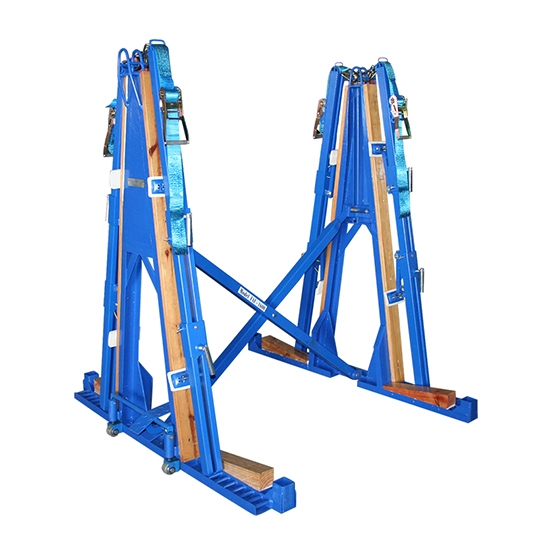
Table of Contents
ToggleUnderstanding Bulk Load in Material Handling
Bulk load refers to any quantity of material that is transported without being packaged into smaller units. Instead of boxes, crates, or drums, bulk loads are typically handled using bins, hoppers, silos, and pneumatic systems.
Common examples of bulk materials include:
- Sand, gravel, cement
- Flour, sugar, grains
- Fertilizers, powders, resins
- Chemicals and pharmaceutical ingredients
Handling such materials requires specialized material handling equipment to maintain efficiency, safety, and compliance with industry standards.
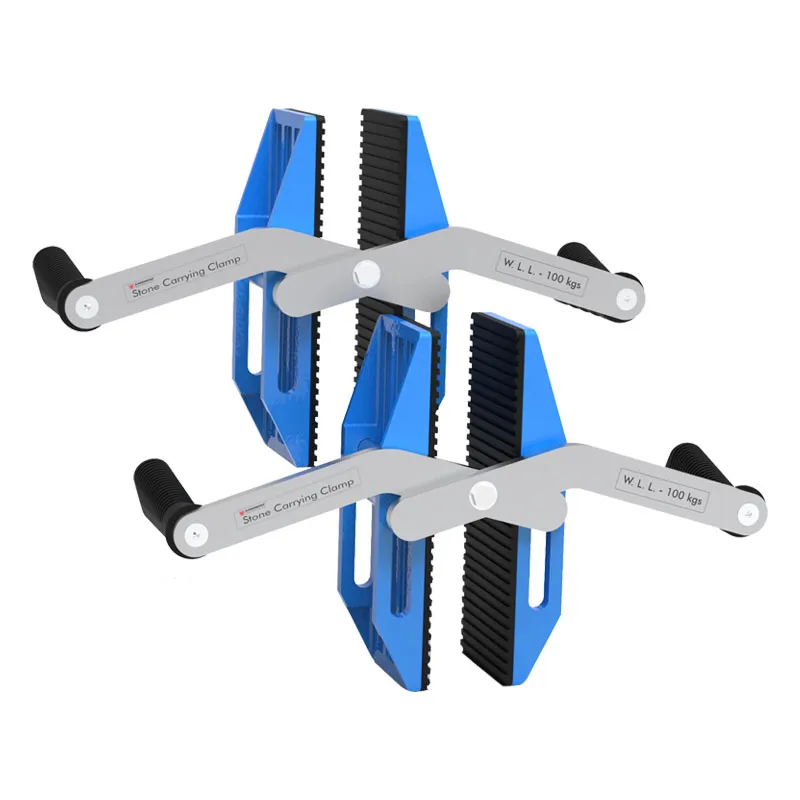
Key Components of Bulk Material Handling Systems
To manage bulk loads, facilities rely on a mix of automated material handling systems and manual tools. Essential equipment includes:
1. Conveyors for Material Handling
These are used to transport bulk materials horizontally or vertically. Types include:
- Belt conveyors
- Screw conveyors
- Pneumatic conveyors
- Chain and bucket conveyors
They minimize labor costs and are vital for material handling in food industry and pharmaceutical material handling systems.
2. Hoppers, Silos, and Bins
These storage systems help regulate flow and maintain material quality. They’re crucial in industrial material handling solutions for industries like mining, cement, and grain.
3. Forklifts for Material Handling
Used when bulk loads are stored in super sacks or large totes, especially in warehouses or construction sites.
4. Cranes and Hoists
Ideal for lifting bulk containers, sacks, or barrels. For flexibility and precision, a jib crane is often the best choice.
🔗 jib crane
5. Vacuum Lifters and Paver Lifters
Used for handling heavy stone, slabs, or packaged pallets of bulk materials.
🔗 Vacuum Lifters
🔗 Paver Lifter
Where Is Bulk Load Handling Used?
🔹 Material Handling in Construction
Cement, sand, and gravel are delivered and handled in bulk, requiring durable systems such as silos, heavy-duty conveyors, and cranes.
🔹 Material Handling in Manufacturing
Bulk materials like resins or powders are transported from silos to production lines via pneumatic systems or augers.
🔹 Material Handling in Logistics
Freight forwarding of bulk chemicals, grains, and minerals is handled through dump trucks, containers, or hoppers.
🔹 Material Handling in Food Industry
Grains, flour, sugar, and liquids are processed in hygienic bulk systems with stainless steel conveyors and sealed silos.
Benefits of Bulk Material Handling Systems
Bulk systems are essential for optimizing operations and reducing handling costs. Advantages include:
- Labor reduction through automation
- Improved safety by minimizing manual contact
- Efficient storage with vertical silos and bins
- Faster material transfer compared to unit handling
- Lower risk of contamination in food and pharma sectors
They also enhance material handling efficiency, especially when integrated into warehouse material handling equipment.
Safety in Bulk Load Material Handling
While bulk systems reduce human effort, they still pose unique safety risks like spillage, dust inhalation, and equipment overload.
Key Safety Tips:
- Train staff with certified material handling training programs
- Use PPE (especially when handling powders or chemicals)
- Install dust collectors and explosion-proof systems
- Maintain conveyors and silos to prevent blockage or overfill
- Enforce dress codes to avoid hazards
🔗 Loose Clothing Is Best to Wear When Handling Material?
Automated vs Manual Bulk Material Handling
| Aspect | Manual Handling | Automated Handling |
|---|---|---|
| Cost | Lower upfront cost | Higher upfront, lower long-term |
| Labor | Labor-intensive | Reduced human involvement |
| Accuracy | Variable | High precision |
| Risk | High injury risk | Safer for workers |
| Best for | Small-scale operations | High-volume, continuous flow |
How to Choose the Right Bulk Handling System
Selecting the appropriate system depends on:
- Material characteristics (weight, flowability, moisture content)
- Throughput requirements
- Storage and layout constraints
- Automation level desired
- Regulatory compliance needs
Work with material handling system suppliers or material handling equipment manufacturers to design a custom system.
Reduce Costs with Smart Handling
To keep operations cost-effective:
- Use used material handling equipment for sale when budgets are tight
- Explore low-cost material handling solutions for small businesses
- Invest in high-efficiency bulk material handling systems to reduce labor
- Consult with material handling companies near me for installation and maintenance
🔗 How Does Material Handling Impact the Human Labor Force?
Final Thoughts
Bulk load material handling is essential for industries that rely on the fast, safe, and efficient transfer of high-volume materials. From automated conveyors to jib cranes, every piece of material handling equipment plays a role in streamlining operations, reducing costs, and ensuring safety.
To optimize your handling systems:
- Invest in the right tools
- Prioritize safety and training
- Automate wherever possible
- Choose scalable solutions tailored to your industry

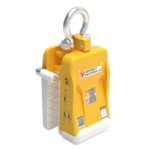
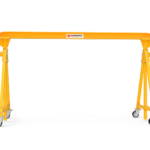
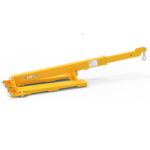
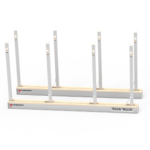
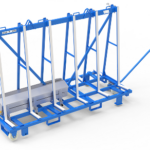

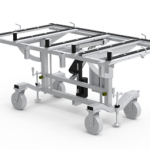

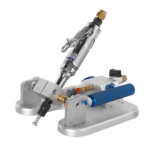
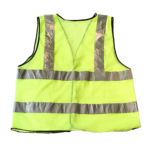

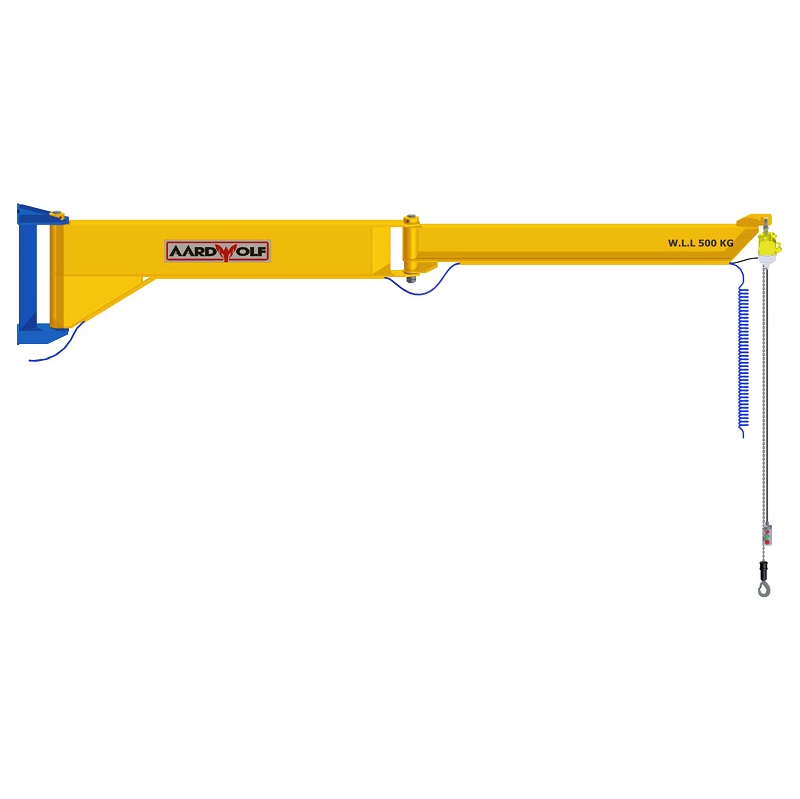
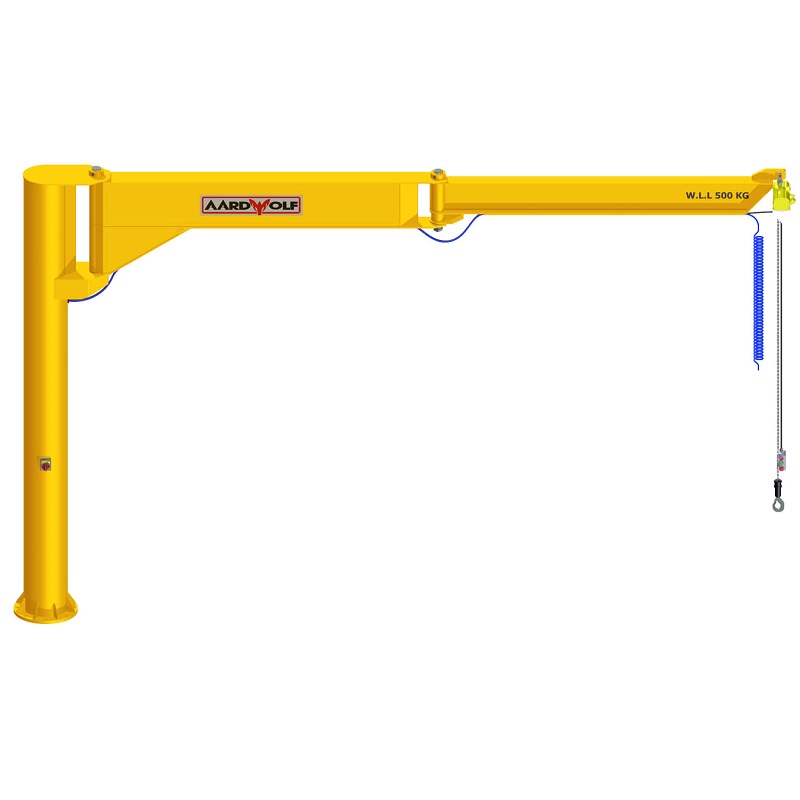
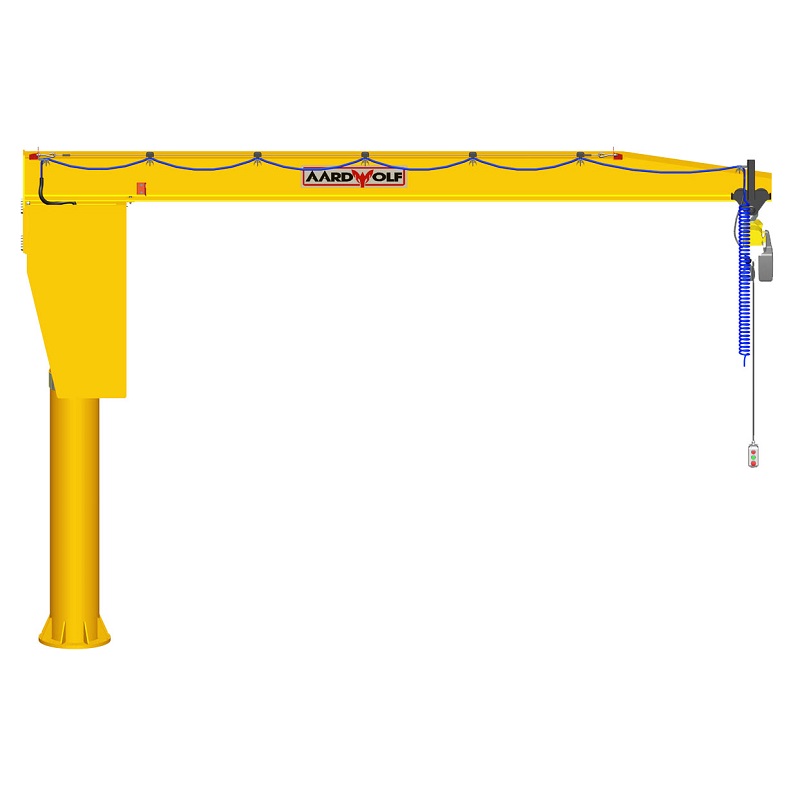
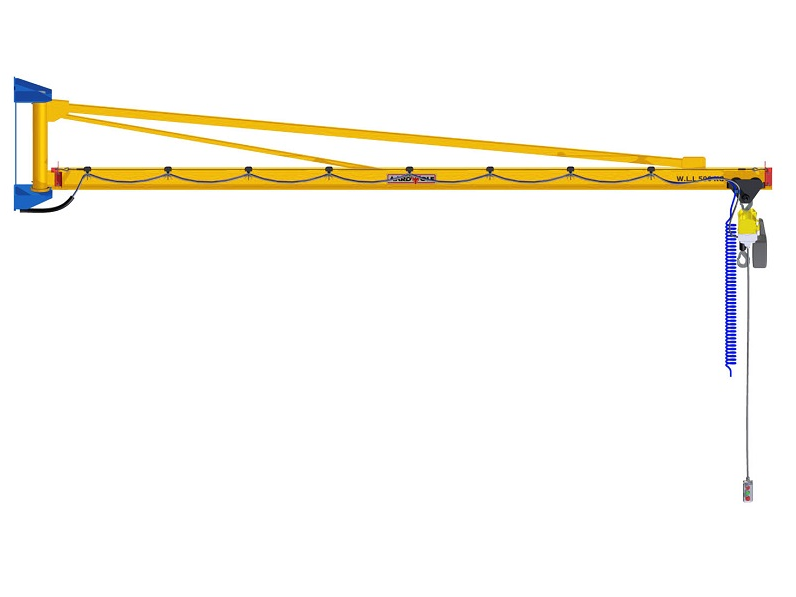

Please log in to leave a comment.